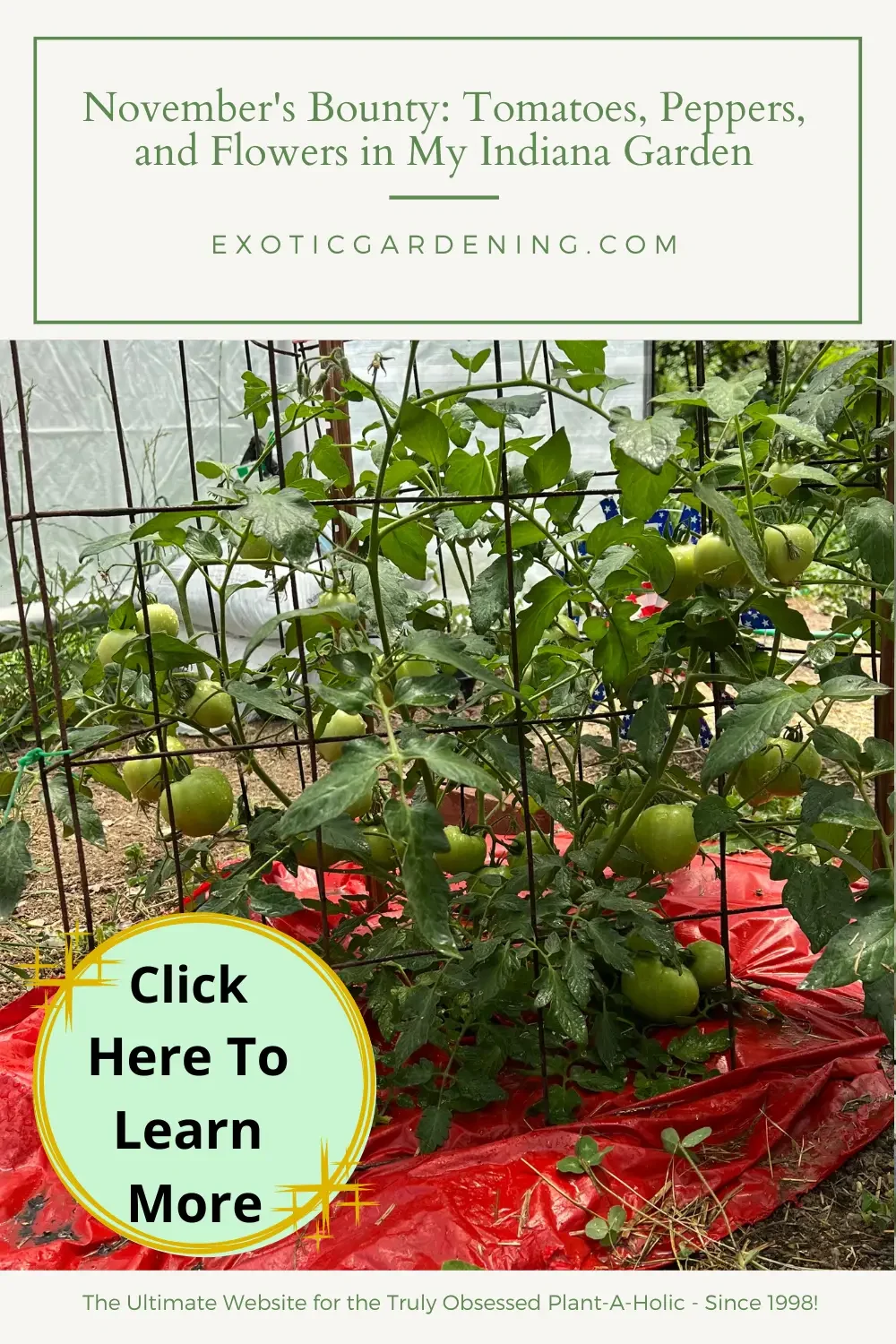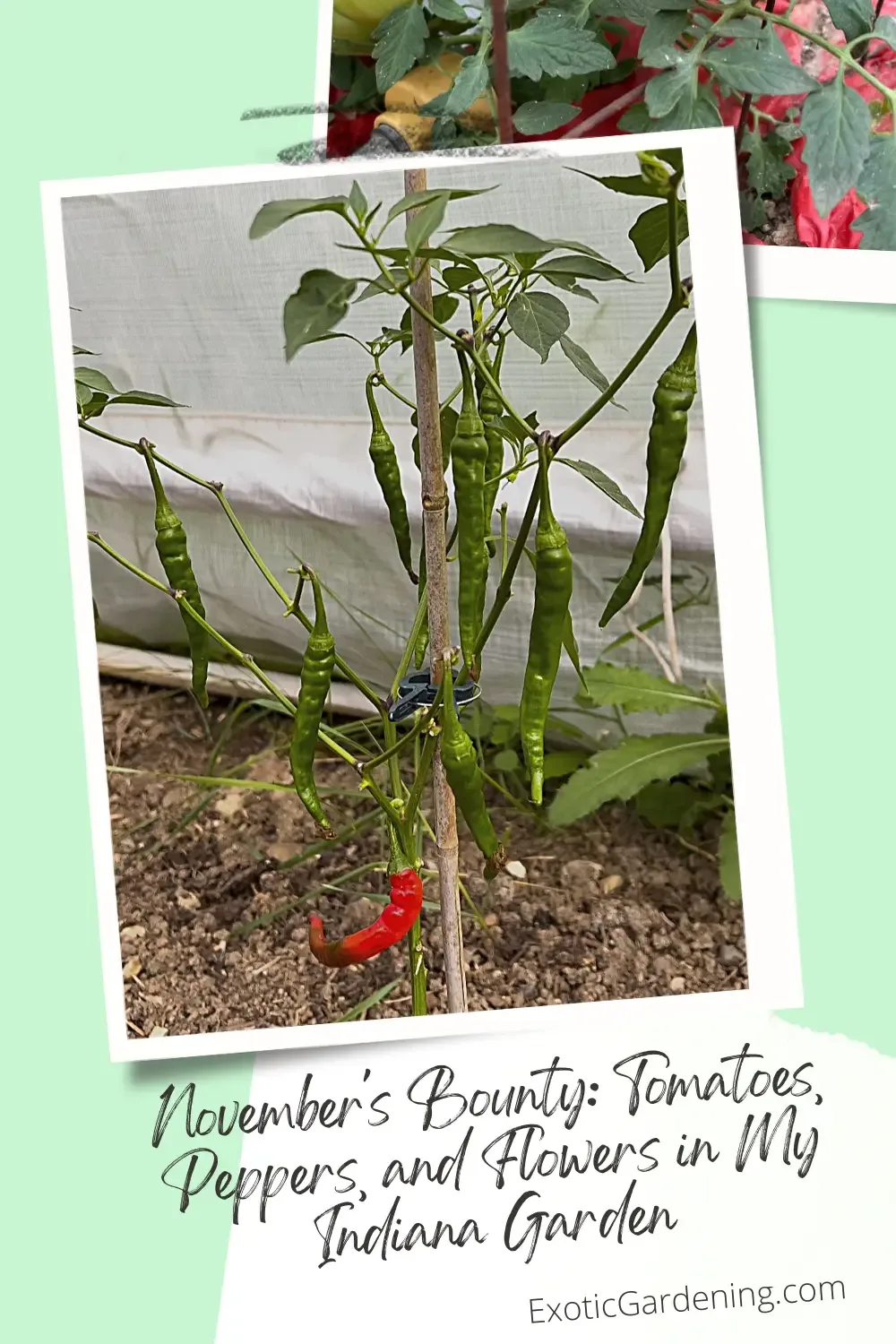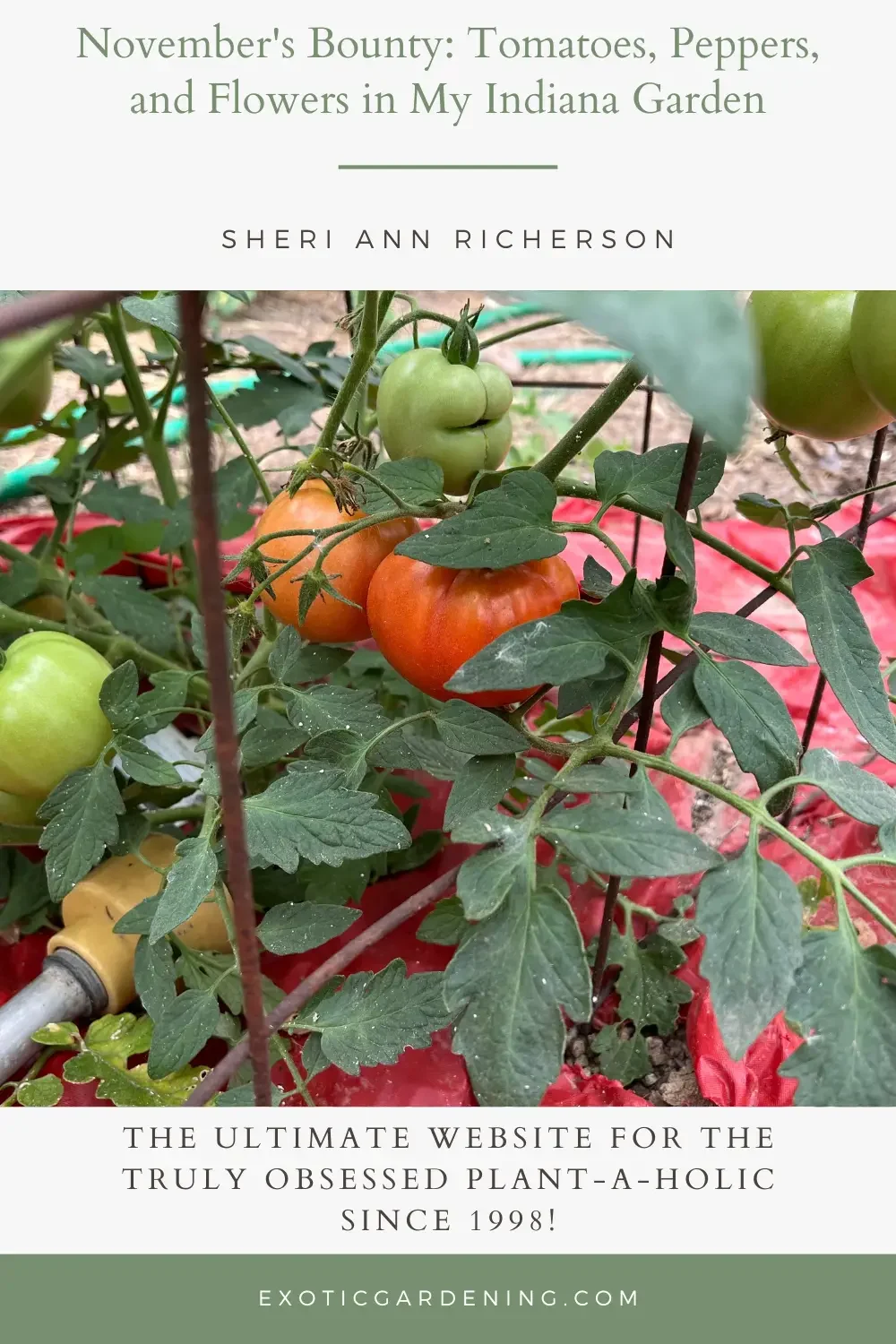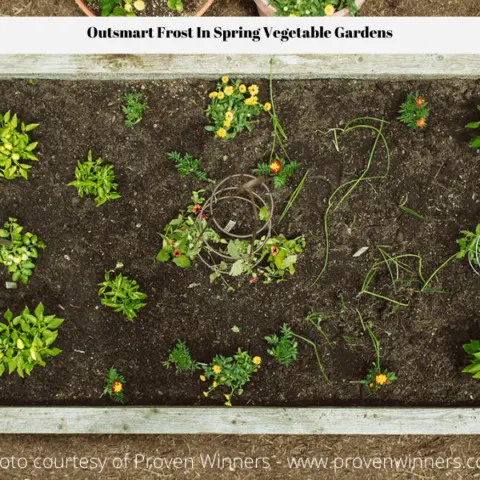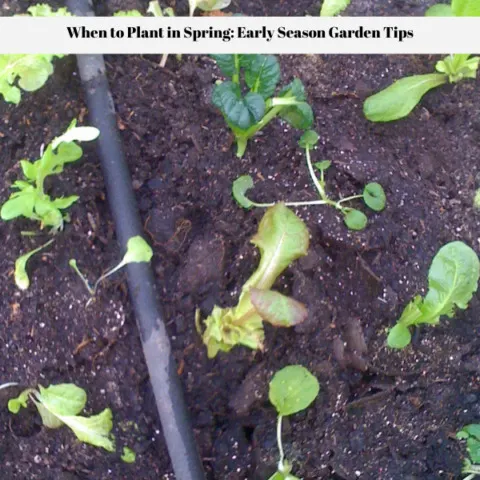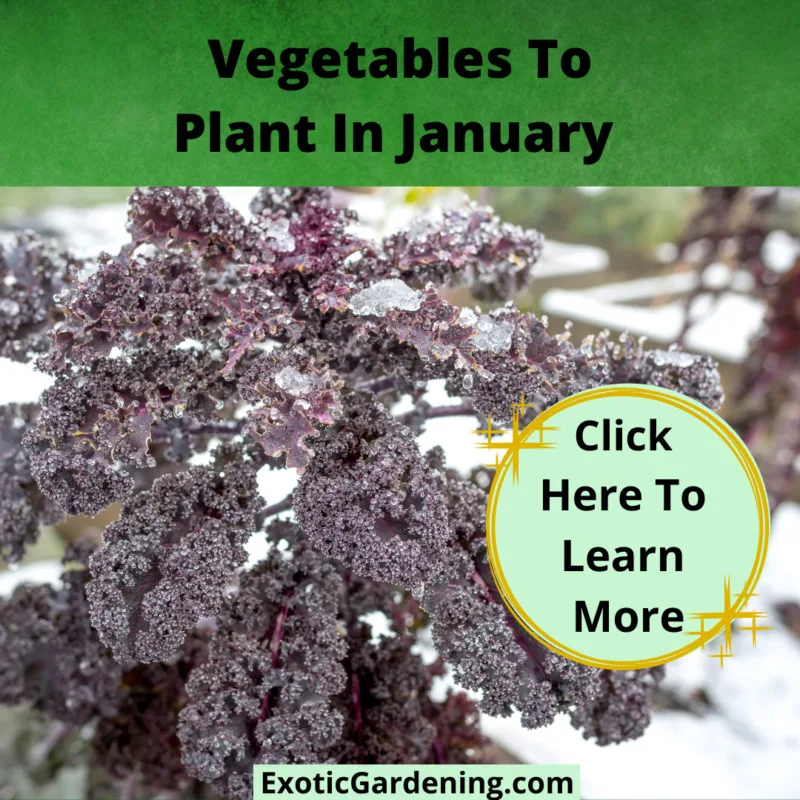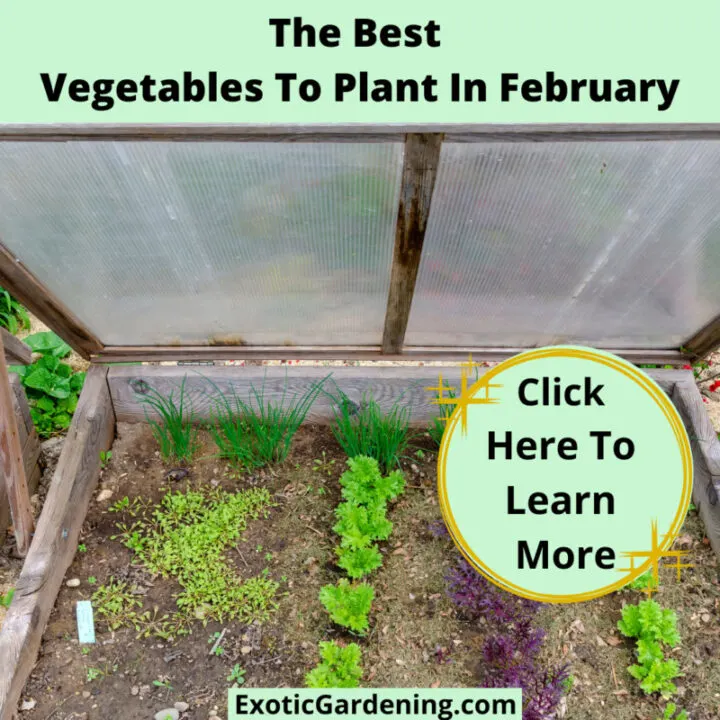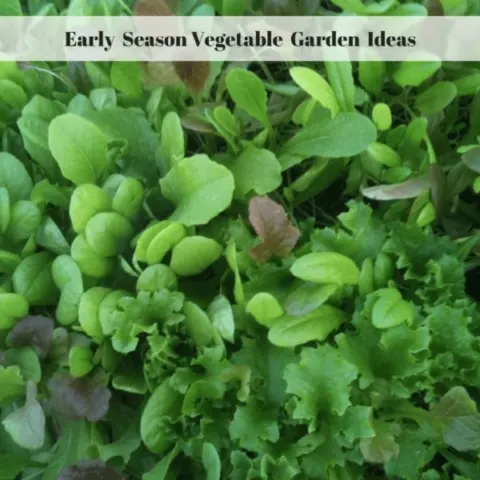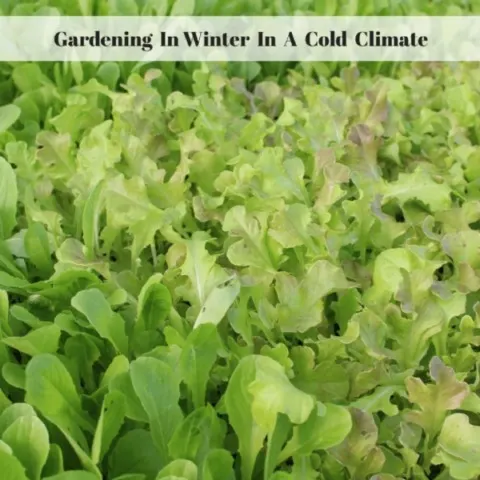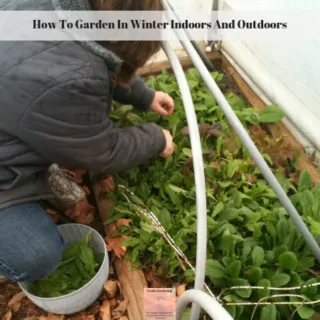Tomatoes, peppers, and flowers thrive in Indiana's changing climate clear into November these days.
In the wake of climate change, Indiana's landscape has undergone a remarkable transformation.
When I embarked on my gardening journey, the northern reaches of Indiana were firmly situated in the U.S. Department of Agriculture's hardiness zone 5a.
However, in recent years, this very same region has transitioned to a USDA hardiness zone 6a, ushering in a new era of gardening possibilities.
This shift from zone 5a to 6a has had a profound impact on what can thrive in our gardens, especially for those of us who love to push the boundaries of hardiness zones.
On one hand, it's opened up exciting opportunities to experiment with a wider range of plant species that were once deemed too delicate for our climate.
I've relished the challenge and successfully nurtured tropical plants like bananas, gingers, and palm trees.
By using careful mulching techniques and crafting makeshift cold frames to shield them during winter, I've witnessed these exotic beauties flourish in the heart of Indiana.
The satisfaction of seeing these vibrant plants thrive in our ever-evolving environment is truly rewarding.
However, it's not without its share of challenges.
Adapting to this new hardiness zone has required a shift in my gardening practices and a deeper understanding of plant varieties that are better suited to our evolving climate.
It's been a journey of discovery, a testament to the gardener's adaptability, and an enriching experience.
In the sections that follow, I'll delve into the joys of homegrown produce, explore the treasures that await in the winter garden, and bask in the beauty of a garden that defies the season.
Join me as we embrace the abundance of November in my ever-changing Indiana garden.
Pushing the Boundaries
Now, I bet you wouldn't believe it, but I've had bananas, gingers, and palm trees tough it out through our Indiana winter.
It wasn't a walk in the park, mind you – it took some good ol' mulching and a makeshift cold frame to keep these tropical wonders thriving in my garden.
But let me tell you, the sheer delight of having these exotic beauties call Indiana home is worth every ounce of effort.
Over the years, I've developed a method that's worked like a charm for overwintering these tropical treasures.
It all starts with a generous dose of mulch.
Before the frost creeps in, I lay down a thick, cozy blanket of organic mulch around the plant bases.
It's like tucking them in for the winter – insulating the roots and safeguarding them from the biting cold. I use a mix of straw, leaves, and compost to cocoon them in warmth.
But that's not all; I don't stop at mulching.
I crafted a homemade cold frame – a clever trick to give them that extra layer of protection.
It's like a mini greenhouse of sorts, fashioned from PVC pipes and snugly covered in clear plastic sheeting or wrapped with an old tarp depending on the plant I am protecting.
The result?
A toasty little haven that traps heat and shields them from those chilly winds.
I make sure to stuff it full of dry leaves, seal it up nice and tight, leaving no room for drafts or leaks.
Now, why go through all this trouble?
Well, it's more than just the thrill of cultivating exotic plants in the heart of Indiana.
It's a personal challenge, an invitation to push the boundaries of what my local climate permits.
It's a lesson in creating microclimates within my own garden, expanding the list of plants that thrive.
The sense of achievement when I see those bananas, gingers, and palm trees flourishing is simply priceless.
It's a testament to the wonder of nature and the impact of our green thumbs.
When I gaze upon these flourishing tropical gems in my Indiana garden, it's not just a sight – it's a pride-filled moment.
So, if you're ready to explore new horizons in your garden, don't shy away from experimenting with tropical plants.
With a little mulch and a homemade cold frame, you too can create a cozy haven for these exotic marvels during the winter months.
Yes, it does involve some extra work, but let me tell you, the rewards are worth every bit of sweat.
Embrace the challenge, and watch your garden transform into a slice of the tropics amidst a colder climate.
In our next section, let's dive into the joys of homegrown produce, and how nurturing your own food can bring unmatched satisfaction and flavor to your table.
The Joy of Homegrown Produce
There is something truly special about growing your own food.
The satisfaction of nurturing a seedling, watching it grow, and finally harvesting the fruits of your labor is unmatched.
Homegrown produce not only tastes better but also provides a sense of connection to the earth and a deeper appreciation for the food we consume.
The Joy Of Superior Flavor
One of the greatest joys of homegrown produce is the flavor.
When you grow your own fruits and vegetables, you have the opportunity to pick them at the peak of ripeness.
This means that they are bursting with flavor and nutrients, unlike their store-bought counterparts that are often picked prematurely to withstand transportation.
The taste of a sun-ripened tomato or a freshly picked pepper is simply incomparable.
The Diversity in Your Garden
In addition to the superior flavor, homegrown produce also offers a wider variety of options.
While grocery stores typically carry a limited selection of fruits and vegetables, your garden can be a treasure trove of diversity.
You can experiment with unique heirloom varieties, grow exotic herbs, or even try your hand at cultivating lesser-known vegetables.
The possibilities are endless, and each new addition to your garden brings excitement and anticipation.
Control and Sustainability
Growing your own food also allows you to have control over the entire process, from seed to plate.
You can choose to grow your produce organically, without the use of harmful pesticides or synthetic fertilizers.
This not only benefits your health but also contributes to the well-being of the environment.
By reducing your reliance on commercially grown produce, you are taking a step towards a more sustainable and eco-friendly lifestyle.
Therapeutic Gardening
The act of gardening itself is also incredibly therapeutic and rewarding.
Spending time outdoors, tending to your plants, and getting your hands dirty can be a form of meditation.
It provides an escape from the stresses of daily life and allows you to reconnect with nature.
The sense of accomplishment that comes with successfully growing your own food is immeasurable.
It instills a sense of self-sufficiency and empowers you to take charge of your own sustenance.
The joy of homegrown produce goes beyond the delicious flavors and diverse options.
It encompasses the connection to nature, the satisfaction of self-sufficiency, and the opportunity to make a positive impact on the environment.
So, whether you have a sprawling backyard or a small balcony, I encourage you to embark on the journey of growing your own food.
Experience the joy and fulfillment that comes with cultivating your own garden and savor the bountiful rewards it brings to your table.
Winter Treasures in Your Garden
The winter season need not mark the end of fresh produce in my Indiana garden.
Thanks to the trusty cold frame, I'm able to extend the growing season and relish a variety of winter treasures.
Today, I'm overjoyed to witness peppers forming, tomatoes ripening, and lettuce ready for picking, all within the snug embrace of the cold frame.
This ingenious structure, crafted from transparent materials like glass or plastic, acts as a pint-sized greenhouse, capturing and cradling the sun's warmth.
It bestows a cozy and sheltered environment for the plants, making it possible to cultivate cold-tolerant vegetables even amidst the chilliest months.
Thriving Peppers, Ripening Tomatoes, and Crisp Lettuce
Inside the cold frame, the peppers are thriving.
The warmth and protection it offers fosters their growth, revealing vibrant hues of red, yellow, and green.
These winter peppers aren't just a sight to behold; they bring a delectable touch to winter dishes with their sweet and tangy flavor, elevating soups, stews, and stir-fries.
As for the tomatoes, they're ripening at their own leisurely pace.
The cold frame provides them with the ideal conditions to mature, bestowing them with richer flavors.
Shielded from harsh weather, these tomatoes promise a sweeter and more intense taste, destined to brighten salads and sauces throughout the winter.
The lettuce within the cold frame is a genuine delight.
Its crisp leaves beckon to be plucked, offering a refreshing contribution to winter salads.
The cold frame doesn't merely guard it from frost; it preserves its tenderness and flavor.
The winter chill enhances the lettuce's sweetness, turning it into a veritable winter gem.
Flavorful Winter Produce
Out in the garden, I have other winter wonders flourishing without any shelter.
Kale, with its robust leaves, continues to thrive, furnishing a nutritious addition to my meals.
The frost imparts an earthy sweetness to each bite, making it all the more delectable.
Then come the Jerusalem artichokes, also known as sunchokes, a unique winter delight.
These tubers take on a nutty, slightly sweet note when exposed to frost.
Roasted with a drizzle of olive oil and herbs, they become a delectable side dish that pairs seamlessly with winter roasts.
Lastly, the Brussels sprouts prove the tenacity of winter vegetables.
Despite the biting cold, they soldier on, producing their characteristic tight green heads.
The frost enhances their flavor, rendering them sweeter and more tender.
Roasted Brussels sprouts with a dash of balsamic glaze are a beloved winter treat in my home.
These winter treasures in the garden are a tribute to nature's resilience and the pleasure of homegrown produce.
With the help of the cold frame and the magic of frost, I can enjoy a plentiful harvest even during the chilliest months.
These winter vegetables not only nourish but also infuse freshness and vibrancy into winter meals.
The Ever-Blooming Garden
As I stroll through my Indiana garden in late autumn, I'm met with an enchanting surprise.
Despite the chilly temperatures and the looming threat of frost, my landscape is still adorned with vibrant blooms.
These resilient flowers continue to bring beauty and joy to my garden, defying the cold and proving that nature's wonders aren't bound by the calendar.
Chrysanthemum Magic
One of the shining stars in my ever-blooming garden is the chrysanthemum.
These hardy flowers showcase a diverse palette of colors, from fiery oranges and yellows to soft pinks and purples.
Their cheerful blooms brighten the garden, adding a burst of color amidst the fading foliage.
Chrysanthemums stand tall and proud, a reminder that beauty can thrive even in the harshest conditions.
Pansies: Delicate But Determined
Another flower that refuses to yield to the changing seasons is the pansy.
These delicate flowers are known for their ability to withstand cooler temperatures, making them the perfect late autumn addition.
Their velvety petals come in a range of hues, from deep purples and blues to soft pastels, injecting a touch of whimsy into the garden.
Pansies, with their smiling faces, are a welcome sight on dreary days.
Asters: Autumn's Dazzling Stars
Asters take center stage in my garden, bursting with daisy-like flowers in a range of vibrant pinks, purples, blues, and whites.
Their intricate petals create a stunning display, drawing in bees and butterflies even as the weather turns cooler.
Asters add a sense of wild beauty to the garden, their blooms dancing in the autumn breeze.
Enchanting Hellebores
Among the gems of my late autumn garden are hellebores.
These evergreen perennials grace the landscape with their delicate, cup-shaped flowers in shades of whites, pinks, and deep purples.
Hellebores are known for their ability to bloom in the colder months, making them a cherished addition to my garden.
Their subtle beauty and resilience in the face of chilly weather bring a touch of enchantment to the late autumn landscape.
Witch Hazels: A Winter Delight
Witch hazels are another delightful surprise in my ever-blooming garden.
These deciduous shrubs flaunt spidery, fragrant blooms in the heart of winter when little else is in bloom.
Their vibrant colors range from sunny yellows to fiery reds, adding a burst of cheer to the garden during the coldest season.
Witch hazels are a reminder that even in the depth of winter, nature can still offer us moments of beauty and wonder.
Marvelous Monkshood
In the late autumn garden, the presence of monkshood adds an air of mystique.
This perennial plant, known for its striking spires of hooded flowers, blooms in rich shades of blue, violet, and deep purples.
Monkshood's unique appearance and late-season flowering make it a captivating addition to my garden.
While its beauty is enthralling, it's important to note that monkshood is also toxic if ingested, so it's a plant to be admired from a safe distance.
Its presence reminds me that even in late autumn, nature has a way of surprising us with its diverse and intriguing offerings.
Challenges and Rewards
Maintaining a blooming garden in late autumn presents its share of challenges.
Colder temperatures and shorter days demand extra care and attention.
Protection from frost with blankets and indoor accommodations for potted plants is a must.
Regular watering is essential to combat dry air and chilly winds.
Despite the challenges, the rewards of an ever-blooming garden are well worth the effort.
The vibrant colors and sweet fragrances of these resilient flowers create a sense of tranquility and joy, even as the days grow shorter.
The ever-blooming garden serves as a reminder that nature's wonders are not bound by the calendar.
It teaches me to embrace the present moment and find beauty in unexpected places.
As I gaze out at the blooming flowers, I'm filled with gratitude for the resilience of nature and the joy it brings to my garden, even in late autumn.
Embracing November's Abundance: A Journey Through My Indiana Garden
As I stand in my garden on this crisp November day, it's evident that nature's resilience and our gardening efforts have created a harmonious dance between climate change and our green oasis.
Tomatoes, peppers, and the ever-blooming flowers have become my companions in this enchanting journey.
The transition from hardiness zone 5a to 6a has pushed the boundaries of what's possible, and I'm excited to continue exploring the rich flavors of homegrown produce even during the coldest months.
With each frosty morning and each bloom that defies the chill, my Indiana garden teaches me that nature's wonders are boundless, and our connection to the earth is an ever-evolving story of growth and delight.
In November, when most gardens have succumbed to the cold and barrenness of winter, my Indiana garden is still teeming with life and abundance.
The tomatoes, which were once the stars of the summer garden, have adapted to the changing temperatures and continue to produce ripe, juicy fruits.
Their vibrant reds and yellows bring a burst of color to the otherwise muted landscape.
The peppers, too, have not been deterred by the dropping temperatures.
They thrive in the cooler weather, their spicy flavors intensifying with each passing day.
From bell peppers to jalapenos, my garden is a treasure trove of heat and flavor, providing me with a bountiful harvest that will last well into the winter months.
But it's not just the vegetables that continue to flourish in my garden.
The ever-blooming flowers, with their vibrant hues and delicate petals, add a touch of beauty and elegance to the November landscape.
The chrysanthemums, pansies, and asters continue to bloom, their colors standing out against the backdrop of fallen leaves and bare branches.
Their presence reminds me that even in the midst of change and uncertainty, there is still beauty to be found.
As I walk through my garden, I am filled with a sense of gratitude and awe.
The resilience of nature and the power of human intervention have created a space that defies the limitations of the season.
It is a testament to the boundless possibilities that exist when we work in harmony with the earth.
In this journey through my Indiana garden, I have learned that November's abundance is not just about the fruits and flowers that grace my garden.
It is a reminder of the resilience of nature, the joy of nurturing life, and the endless possibilities that come with embracing the ever-changing seasons.
As I continue to explore the flavors of homegrown produce and marvel at the beauty of the blooming flowers, I am reminded of the interconnectedness of all living things and the importance of cultivating a deep connection with the natural world.
The Backside Of The Gardening Calendar
Use Frost To Your Advantage
Did you know that there is a way to use frost to your advantage in the garden in both spring and fall? Read on to learn more.
Outsmart Frost in Spring Vegetable Gardens
Understanding how to outsmart frost in spring vegetable gardens leads to earlier harvests, less plant damage and a longer growing season.
When to Plant in Spring: Early Season Garden Tips
Know when to plant in spring by using these early garden season tips. These tips will allow you to get a head start on your vegetable garden.
Jump Start The Spring Garden With Winter Sown Vegetables
Get a jump start on the spring garden with winter sown vegetables. Once you know how to do this, its easy to grow vegetables year round.
Vegetable Garden Frost Protection: Extending Your Winter Gardening Season
Discover essential tips and techniques for vegetable garden frost protection. Extend your winter gardening season with our guide.
Gardening In Cold Climates In Early January
Gardening in cold climates in January without supplemental heat is possible. The seeds, plants and garden structure is what matters.
Vegetables to Plant in January: Garden Tips for Year-Round Growing
There are a number of vegetables to plant in January as well as some flowering plants. Indoors or out, find out dates to start in Indiana.
The Best Vegetables To Plant In February
There are a number of cool season vegetables to plant in February directly in the garden even if you live in a cold climate.
Embracing The Beauty of Winter: A Guide To Winter Flowering Plants
Elevate your garden with winter flowering plants. Explore cold-hardy varieties, garden prep, and nurturing tips.
How To Garden In Winter Indoors And Outdoors
Learn how to garden in winter indoors and outdoors. There are many vegetables and herbs that don't mind the cold or thrive in containers.
Save Money! Harvest Free Vegetables Year-Round In Any Climate!
Yes, you can harvest vegetables year-round, even if you live in a cold climate by planting at the right time and gardening under cover.
September Is Here But Don't Quit Gardening Now!
September is here but there is no need to quit gardening. Plant those cool weather crops from seed or transfer plants into the garden.
Monkshood Flowers For The Fall
There are some late blooming flowers for the fall season such as monkshood. Autumn monkshood is known to bloom from September to November!

